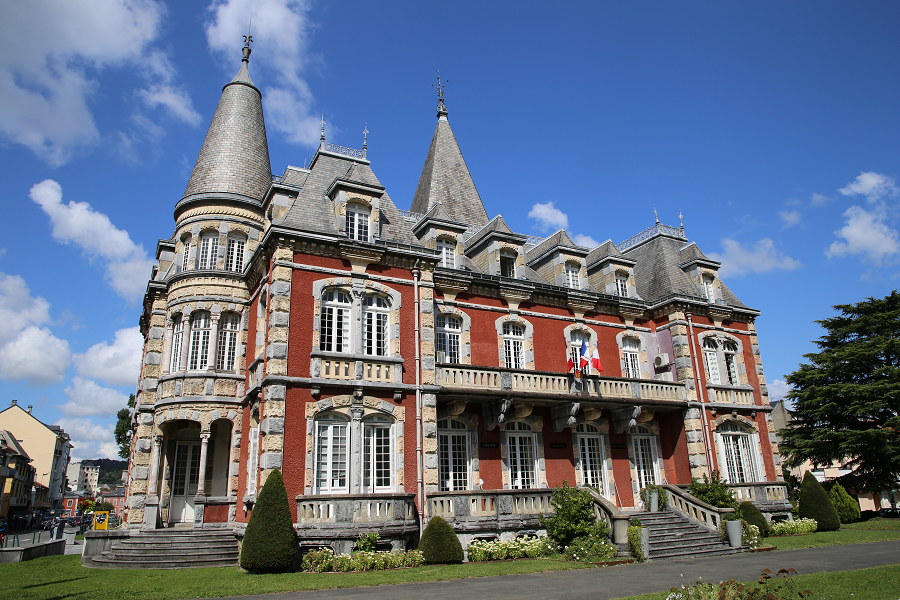LOURDES IS THE SECOND MOST IMPORTANT TOURIST CENTER OF FRANCE AFTER PARIS AND THE THIRD MOST IMPORTANT AFTER THE RELIGIOUS CENTER OF ROME AND THE HOLY LAND
Lourdes (French: Lourdes) is a French municipality located in the Hautes-Pyrénées department of the Occitanie region.
Being the center of the Catholic pilgrimage since 1858, the city annually receives 6 million visitors from all over the world. It is the fourth most visited Catholic pilgrimage site in the world after the Vatican, the Our Lady of Guadalupe Basilica (la Basilique Notre-Dame de Guadalupe) in Mexico, and the Our Lady of Aparecida Basilica (la Basilique Notre-Dame d’Aparecida) in Brazil.
About 7,000 inexplicable healing cases have been registered since 1858, some of them officially recognized by the church as “miraculous healings”.
Lourdes hotels have more than 12,000 rooms and almost 22,200 beds. Lourdes is the second most visited place in France after Paris, but the third in the hotels’ number (it is inferior to Nice)!
Lourdes is located at the Pyrenees’ foot, in the Bigorre historical region, on the Gave de Pau river, southwest of Tarbes town. The Lourdes Sanctuary location is in the west, on the city outskirts. This is the religious buildings complex erected around the Massabielle Grotto.
Bernadette Soubirous, a fourteen-year-old resident of Lourdes, said that the “White Lady” (Virgin Mriya) visited her several times in 1858 – this happened in a small Massabielle Grotto (Grotte de Massabielle) on the Gave de Pau banks.
Bishop Lawrence (Mgr Laurence) of Tarbes recognized appearances officially in 1862 and named the place Saint. Bernadette was canonized under the name of Saint Bernadette (though this happened in 1933 only).
Visitors reached Lourdes in the hope of healing and getting rid of ailments. Access to the cave was limited by a wooden barrier, which was removed under pressure from the people and after the intervention of Empress Eugenia, the wife of Napoleon III and the convinced Catholic.
The city was built around a rocky peak on which a castle was erected. There used to be a glacier in this area. Sarrazins Caves and Loup Caves, which are located near the sanctuary, testify to the karst period and the glacial impact on the region. There are glacier expansion traces in the north, it dispersed around the Lourdes territory after a collision with preglacial reliefs. Thus formed Lourdes Lake (Lac de Lourdes), as well as Biscaye, Poueyferré, and Monge peat bogs.

No comments:
Post a Comment